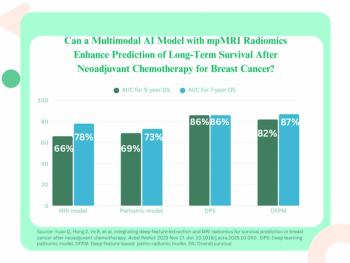
PET/CT shows high value in lung cancer staging trial
An in-depth assessment of PET/CT at three German teaching hospitals has shown the fusion imaging technology improves on CT alone and pays dividends clinically and financially for staging non-small cell lung cancer.
The research leading to these conclusions was based on evaluations of 205 patients with proven non-small cell lung cancer who were staged with FDG-PET/CT and conventional contrast-enhanced imaging with only the CT component of the hybrid scanner. Follow-up was performed five years after staging to assess survival and clinical status.
Patients were imaged at the Technical University Munich, University of Ulm, and Technical University Berlin, all in Germany. Results were presented at the 2008 SNM meeting in June by principal investigator Dr. Andreas Buck, a researcher in the nuclear medicine department at Technical University Munich.
"This is the first study indicating that PET/CT leads to an increase of survival in NSCLC patients due to more precise description of the tumor stage at initial presentation," said Dr. Markus Schwaiger, dean of the Technical University Munich and a contributor to the study.
The combined PET/CT approach improved diagnostic accuracy and altered therapy decisions. Study subjects evaluated with PET/CT also survived longer than those who were not examined with fusion imaging technology.
PET/CT was more accurate than CT alone for tumor, nodal, and metastatic staging. CT alone led to seven false T-stage readings, compared with none for PET/CT. CT alone contributed to 28 false N-stage findings, compared with three for PET/CT, and it found distant metastases in 28% of patients compared with the 35% of patients in whom PET/CT found such metastases.
The PET/CT studies led investigators to downstage 21 patients (10.2%), which, in turn, led to recommendations for 13 additional surgical procedures. Fourteen patients were upstaged, leading to the cancellation of nine surgeries.The mean survival of patients staged with PET/CT was 957 days, compared with 453 days for patients staged with CT alone.
The cost of an additional quality-adjusted life year, including diagnosis and treatment, was assessed at $81,762 (about €52,000), according to the study, which was considerably less than the $147,980 (about €100,000) considered the ceiling for a cost-effective diagnosis, Buck said. It cost an average of $4330 to correctly stage a tumor using PET/CT.
"This demonstration of cost-effectiveness helps to further establish PET/CT as standard for tumor staging, not only for lung cancer, but also for other malignancies," Schwaiger said.
--By Alison Fromme
Newsletter
Stay at the forefront of radiology with the Diagnostic Imaging newsletter, delivering the latest news, clinical insights, and imaging advancements for today’s radiologists.




























